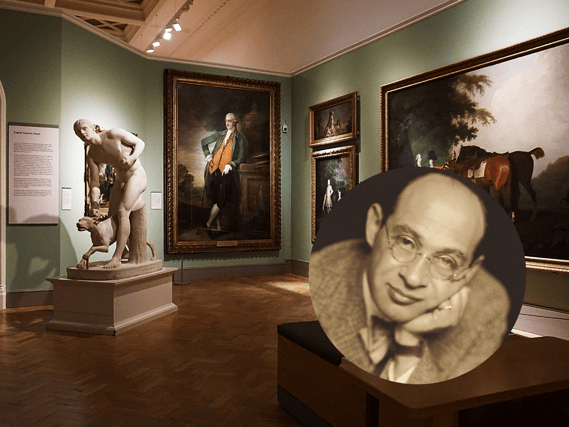US prosecutors repatriate Nazi-looted artworks to Holocaust victim's family including "Portrait of a Man"


US prosecutors have successfully repatriated two artworks, alleged to have been stolen by Nazis from Fritz Grunbaum, a Jewish performer and collector who fell victim to the Holocaust.
The Carnegie Museum of Art and the Allen Memorial Art Museum at Oberlin College in New York surrendered the pieces, collectively valued at around $2.5 million (£1.9m). The returned artworks, "Portrait of a Man" and "Girl with Black Hair," were part of Grunbaum's collection that was forcibly signed away during Nazi captivity.
Advertisement
Hide AdAdvertisement
Hide AdDespite this restitution success, prosecutors are still engaged in a legal battle in New York to recover a third piece by Austrian expressionist Egon Schiele, seized from a Chicago museum. Grunbaum's great-grandnephew, Timothy Reif, expressed gratitude, stating, “This is a victory for justice, and the memory of a brave artist, art collector, and opponent of Fascism. As the heirs of Fritz Grunbaum, we are gratified that this man who fought for what was right in his own time continues to make the world fairer.”
The recent repatriation emphasises the ongoing efforts to rectify the injustice of Nazi-era art theft. Grunbaum, the son of a Jewish art dealer, suffered persecution under the Nazis, who compelled him to relinquish his art collection, including around 80 works by Schiele. Some of these artworks were sold to fund the Nazi war effort. The artworks resurfaced in 1956 in Switzerland, part of a dubious art deal involving former members of the Nazi regime, leading to their sale in New York galleries.
Instances of recovering art looted during the Holocaust have occurred over the years, shedding light on the complexity of restitution efforts. The 1998 Washington Principles and the 2009 Terezin Declaration have provided frameworks for addressing Nazi-looted art restitution issues, emphasising fair and just solutions. Notable cases include the return of Gustav Klimt's "Portrait of Adele Bloch-Bauer I" to Maria Altmann in 2006, and more recently, the restitution of Max Liebermann's "Two Riders on the Beach" to the heirs of David Friedmann in 2020.
Comment Guidelines
National World encourages reader discussion on our stories. User feedback, insights and back-and-forth exchanges add a rich layer of context to reporting. Please review our Community Guidelines before commenting.
